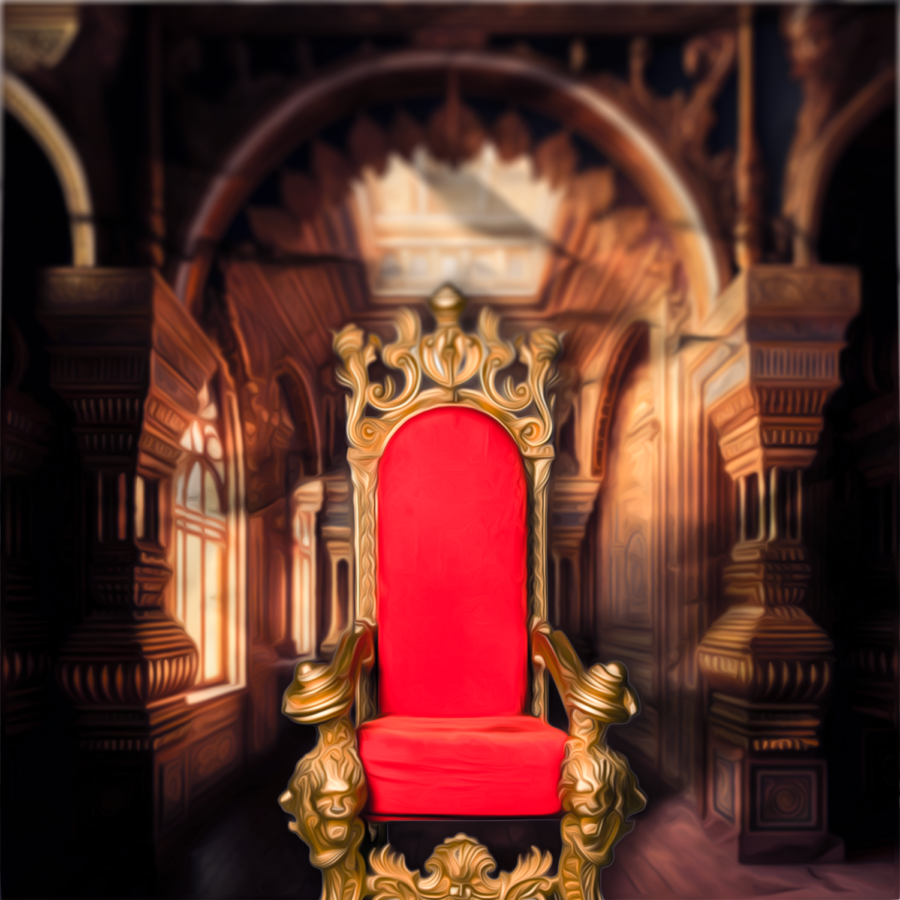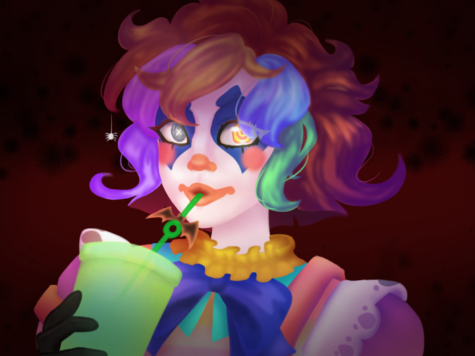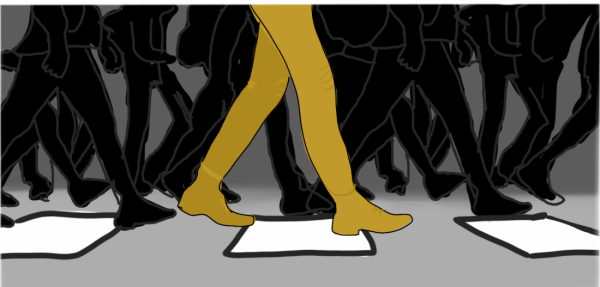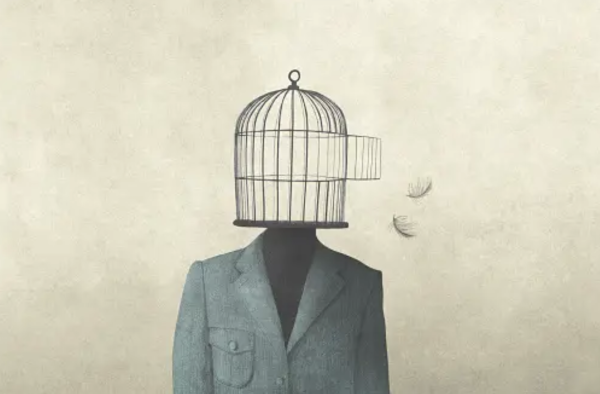The Ultimate Guide to India’s Golden Triangle
February 1, 2023
India is unlike any other. A utopic, unique land of vibrant colours, sensational landscapes, and rich history, making it one of the world’s most wonderful destinations. From the chaotic streets of Mumbai to the peaceful walks through Jodhpur, India offers a diverse feast for the palate. For those who are keen on an adventure, India will lead you on an incredible journey filled with culture and history.
On my summer holiday trip to India, I uncovered that each city in India is like another country. One of my favourite tourist spots was a route named the ‘Golden Triangle Circuit’. So, if you are looking for some travel advice, here is my guide to the Golden Triangle:
1. Agra (& The Taj Mahal)
Start your journey by taking a walk into the golden and enchanting era of India’s history when the kings and the emperors ruled all by visiting the Iconic Taj Mahal in Agra. This mausoleum of white marble was built 500 years ago between 1632 and 1648 by the order of Shah Jahan the 5th Mughal emperor in memory of his wife, Mumtaz Mahal. This masterpiece was the greatest architectural achievement of Islamic architecture as its beauty was recognised by the symmetry of the mosque. For its construction artisans, stone makers, masons, carvers, calligraphers and builders were requested from the emperor throughout the whole empire. 500 years back, there were no machines which meant that workers laboured day and night to complete the work by hand. Many Arabic inscriptions of the Quran were imprinted by the calligraphers on the main gates of the Mahal. There is no doubt that is it utterly mesmerising, so if you are in India this is must-see.
2. Jodhpur, The Blue City
Jodhpur is famous for its blue colour because 100’s of years ago when the caste system dominated society. The priestly caste, the Brahmins, wanted to be acknowledged as the upper caste, so they painted their houses blue as a sign of royalty. The view of these houses is just spectacular from the Mehrangrah fort as it is walking through the laneways filled with a tangled maze of streets in the city. The latter is an adventure of texture and colour, with street vendors sitting behind stacks of colourful fabrics which came to life against the blue backdrop. The city offers a 10km stretch of authentic textiles and clothing and stalls to have a cup of tea and mouth-watering food. The historical stretch has its own step well containing a mixture of Hindu and Mughal designs carved into the steps of the well. Keep your cameras close as you make your way to the Mehrangrah fort in time for the sunset. The museum in the fort contains the beautiful relics of the royal family from hundreds of years ago, along with the golden rooms of previous kings and queens. Jodhpur is filled with vibrant colours, royalty and history which is all complimented by the view.
3. Jaipur, The Pink City
A nearing city to Jodhpur is Jaipur and while close in location, they differed completely. Jaipur is the capital of Rajasthan and a large city with buzzing streets whereas Jodhpur is quiet with minimal vehicles on the street. Whilst travelling through Jodhpur you come across the Amber fort which was known for the beautiful mirror work that was done in the palace which was called the Sheesh Mahal. The intricate mirror is coated with beautiful flower work made with precious and pure stone. The placement of the glasswork is stunning and if someone were to burn two candles, the reflection converts that small light into a thousand stars. The beauty of the glasswork also has architectural benefits as it was used to keep the room warm in the cold winter and let the queen of the palace sleep under the stars. The fort is made from a pin stone and the interior is made of marble. An astonishing fact is that Sheesh Mahal is older than 500 years old and still standing.
Just a few minutes away from the fort is an unforgettable experience, an elephant ride! The elephants are massive and there was a multitude of them in one location, to give rides to guests through the village. It is very peaceful during the ride through the village, with the elephant rocking you back and forth as if in a cradle. You can also climb up the elephant by its trunk (although this does look easier when the elephant riders do it). Elephants are incredibly photogenic animals!
All of three of these cities are so different yet are all united by the friendliness of the locals. Indians greet a guest by putting their two hands together and saying namaste to welcome and express courtesy, honour, gratitude, and hospitality to the other person. In fact, one of the most significant characteristics of India is its hospitality, as they treat guests with the highest regard. People in India live by the saying “Atithi Devo Bhava” which means that the guest is God’s own reflection. The simple things from the people’s vibrant colourful clothing to the street vendors are what makes India such as magical place. Without the lively people, the palaces would seem plain and boring, the balance between their spirit and palaces makes India an incredible destination.













